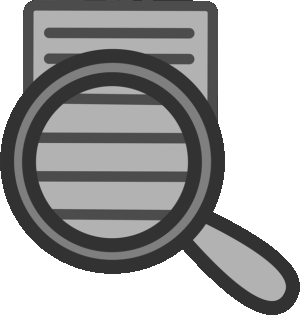University admission documents, including transcripts, certificates, reference letters, and personal statements, require meticulous attention to format, content, and authenticity per university guidelines. Professional translation services ensure accurate academic terminology conveyance while certification steps include official stamps for verification, crucial for international students' successful application and academic focus. Early planning and using certified translations streamline processes, preserving details and preventing delays or rejections.
Navigating the process of translating and certifying university admission documents can seem daunting, but it doesn’t have to be. Understanding the requirements, knowing the translation process, and ensuring accuracy through certification are key steps. This comprehensive guide walks you through these aspects, helping you overcome common challenges. By the end, you’ll be equipped with the knowledge needed to easily translate and certify your university admission documents, clearing a significant hurdle in your academic journey.
- Understanding University Admission Documents Requirements
- The Process of Document Translation
- Ensuring Accuracy Through Certification
- Common Challenges and How to Overcome Them
Understanding University Admission Documents Requirements
University admission documents are a crucial part of the application process, as they provide essential information about your academic qualifications and background to the institution. These documents typically include transcripts, certificates, reference letters, and sometimes even personal statements or essays. Understanding what is required and ensuring your documents meet the specified criteria is vital for a smooth application.
Each university has its own set of guidelines and specifications regarding these admission documents. Transcripts, for instance, should be official and include detailed information about your courses, grades, and academic performance. Certificates may need to be translated and authenticated if they are not in the language of instruction at your prospective university. Reference letters often require specific formats or must be written by certain individuals, such as teachers or professors who can speak to your abilities and potential. Staying informed about these requirements and ensuring all documents are accurate and up-to-date is essential for a successful application.
The Process of Document Translation
The process of translating university admission documents involves several key steps. Initially, applicants are required to gather all necessary original documents, such as transcripts, diplomas, and letters of recommendation. These documents are then submitted to a professional translation service, ensuring accuracy and fluency in the target language. Skilled translators carefully review each document, paying close attention to academic terminology and nuances to preserve the integrity of the information.
Once translated, the documents undergo a certification process. This typically includes an official stamp or signature from a recognized authority, confirming the authenticity and validity of the translations. Certified translations are essential for international students aiming to study abroad as they ensure that university admission boards receive accurate and legally acceptable documents. This streamlined process enables applicants to focus on their academic pursuits while ensuring their admission materials meet all necessary language requirements.
Ensuring Accuracy Through Certification
Ensuring accuracy is paramount when translating and certifying university admission documents, as these official records play a pivotal role in international students’ academic journeys. Professional certification guarantees that crucial information remains intact and reliable, avoiding potential pitfalls that may arise from untrusted or inaccurate translations. This process involves meticulous scrutiny by expert translators who possess a deep understanding of both the source and target languages, ensuring every detail is conveyed with precision.
Certified translations provide a safety net, confirming the authenticity of documents like transcripts, diplomas, and reference letters. This is essential for universities to verify academic credentials, making it smoother for international students to gain admission and transition into their chosen educational paths. By prioritizing accuracy, students can focus on excelling in their studies without worrying about potential delays or rejections due to documentation issues.
Common Challenges and How to Overcome Them
Many international students face challenges when it comes to translating and certifying their university admission documents. The process can be daunting, especially with varying language requirements and certification procedures across institutions. One common hurdle is ensuring accurate and certified translations, as poorly translated documents may lead to delays or rejection.
To overcome these obstacles, students should start by researching the specific translation and authentication needs of their target universities. Utilizing professional translation services specialized in academic documents can provide high-quality, certified translations, eliminating potential errors. Additionally, being proactive and beginning the translation process early ensures ample time for revisions and necessary certifications, making the overall application journey smoother.
Translating and certifying your university admission documents is a straightforward process when you understand the requirements and follow the right steps. By grasping the basics of document translation, ensuring accuracy through certification, and overcoming common challenges, you can seamlessly navigate the admissions procedure. Remember that clear, accurate, and certified University Admission Documents are pivotal in presenting your qualifications effectively to institutions worldwide.
